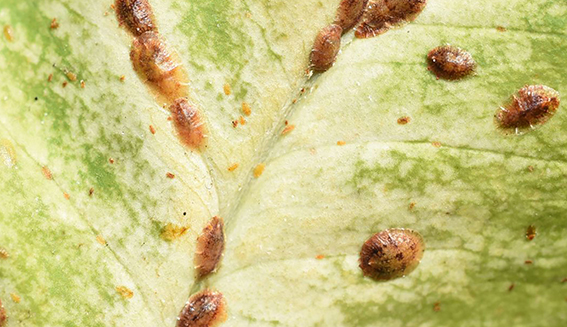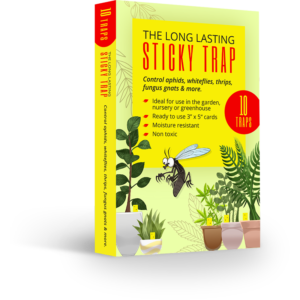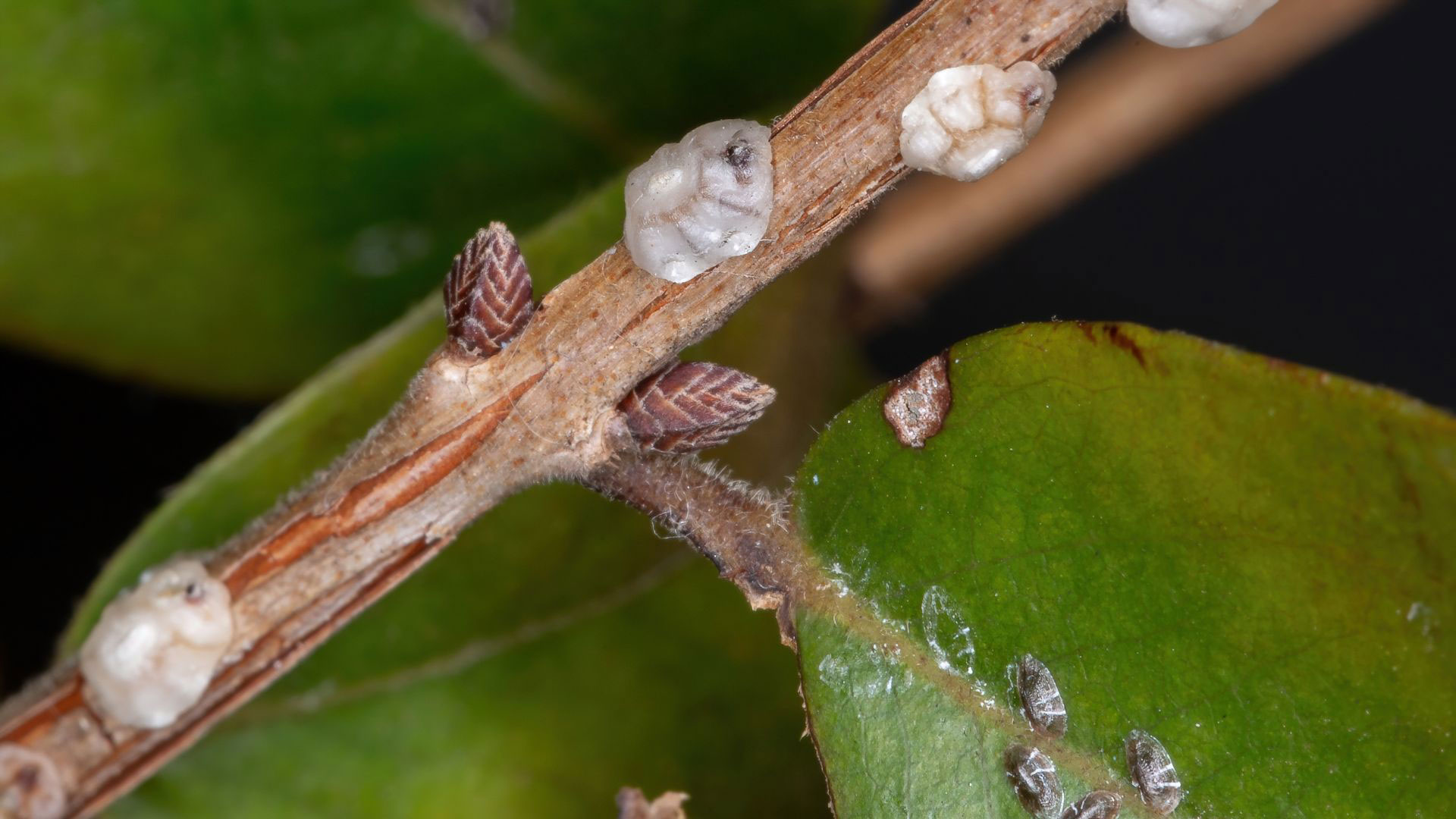Your cart is currently empty!
Damage
Scale insects feed sap from plants through piercing-sucking mouthparts. Sap feeding may cause leaf yellowing, premature leaf drop, stunting of growth, or twig dieback when infestations are heavy. Soft-scale insects excrete a sweet, sticky substance onto leaves called honeydew. Honeydew attracts insect scavengers like ants and may encourage sooty mold. Sooty mold is a fungus disease that grows on plants and covers the leaves resulting in less photosynthesis to provide enough energy for plants.





